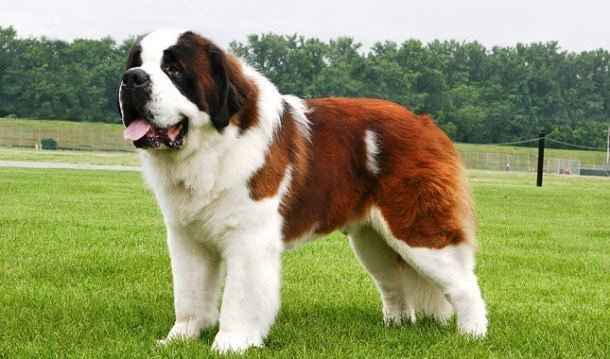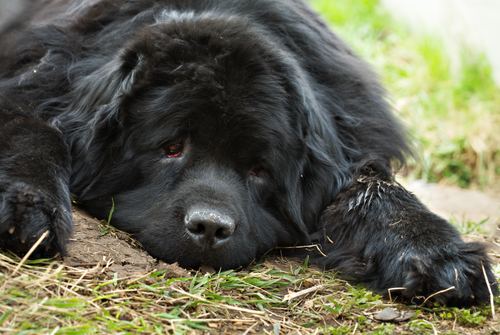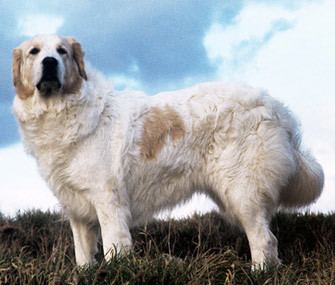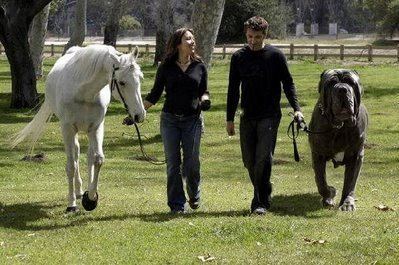Speed Kangal dog: 50 km/h | ||
 | ||
Lifespan Great Dane: 6 – 8 years, English Mastiff: 7 – 11 years Representative species Great Dane, English Mastiff, German Shepherd, Newfoundland, Rottweiler | ||
A giant dog breed has no universal height or weight classification, although some groups define "giant breeds" as those heavier than 50 kilograms (110 lb). Giant breeds grow rapidly, but take longer to mature into their full adult sizes than smaller dogs.
Contents

Advantages and disadvantages

Many giant breeds are mature, soft and relaxed dogs as adults and require less exercise than most smaller dogs, so they can make better pets for small living arrangements, such as apartments. Because they are larger animals, they are less likely to be intimidated by other people and thus are much more adaptable to meeting friends, family members, and children of owners. They are normally very calm and are great family dogs. If they sense a threat towards their owner, they will become very protective. They are, in general, stronger than other breeds and many giant breeds are well known for their working abilities.

Giant breeds often have health-related disadvantages when compared to smaller dogs and caring for them is usually more expensive than for smaller dogs. They eat more than smaller breeds and sometimes require specialty diets to tackle weight and joint management.

In addition to spending more on food, expenses overall may be more than for most breeds. Larger beds, collars, and toys cost more, as do grooming and kenneling very large dogs. There is also the issue of more expensive veterinary bills. For instance, anaesthetics and pharmaceuticals are charged by volume/mass, which is determined by the weight of the dog. Joint problems, such as hip dysplasia and arthritis, are common. Large breeds are also quite prone to osteosarcoma and susceptible to other debilitating bone and cartilage diseases. This is the result of a much higher growth factor—adult weight versus birth weight—and much longer growth period. Their life span is generally shorter than that of smaller dogs, often living only 6 to 10 years.
Notable giant dogs
Giant breeds
The following breeds are generally described as giant breeds:
